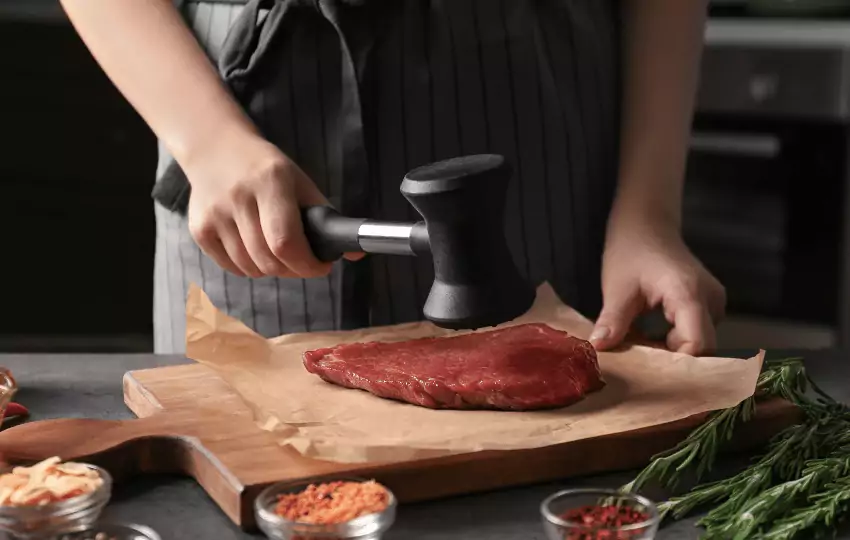Cooks often use meat tenderizers to make tough cuts of meat more palatable. But what if you’re out of tenderizers or don’t have any on hand?
There are a few meat mallet substitutes; these alternatives are already present in your kitchen, and quickly tenderize the meat you can try.
What is a meat mallet?
A meat mallet is a tool used to pound or tenderize meat. It is usually made of wood, metal, or plastic and has a long, heavy handle attached to a flat, blunt head.
The head of the mallet is used to pound the meat, while the handle provides leverage and helps to keep the user’s hand from getting bruised or tired.
Meat mallets can tenderize tough cuts of meat or flatten chicken breasts or cutlets for faster, even cooking. They are also sometimes used to crush garlic cloves or other ingredients for a recipe.
Ideal meat mallet substitutes
1. CAST IRON SKILLET – Perfect Substitute for Meat Mallet
If you are a fan of meat, then you know that a good meat mallet is a vital tool in the kitchen.
However, if you don’t have one, then a cast-iron skillet can be the perfect substitute for a meat mallet.

Just place your piece of meat on the skillet and use the flat side to pound it out. You’ll get the same effect as a meat mallet, and your cast iron skillet will be none the worse for wear.
2. BAKING SODA- A Decent Alternative to Meat Tenderizer
Baking soda can be a decent alternative if you don’t have any meat tenderizer on hand.
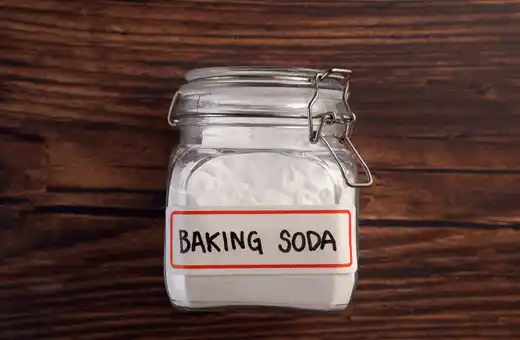
Just add a teaspoon of baking soda to your marinade and let it sit for about 30 minutes.
· This will help break down the tough proteins in the meat, making it more tender and flavorful.
3. ROLLING PIN- Easy Meat Mallet Substitute
A rolling pin makes for an easy substitute if you don’t have a meat mallet.
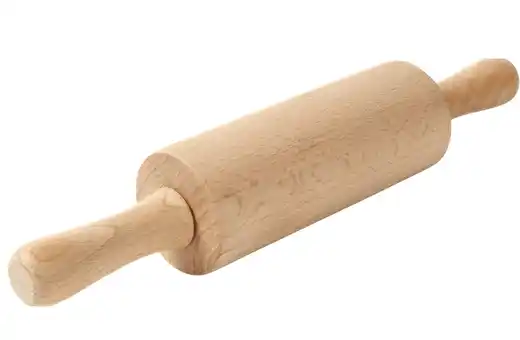
Put your meat on a cutting board and roll the pin over it, using even pressure, until the meat is flattened to your desired thickness.
4. Try TORTILLA PRESS Meat Mallet Alternative
If you don’t own a meat mallet, you can substitute a tortilla press as an alternative.
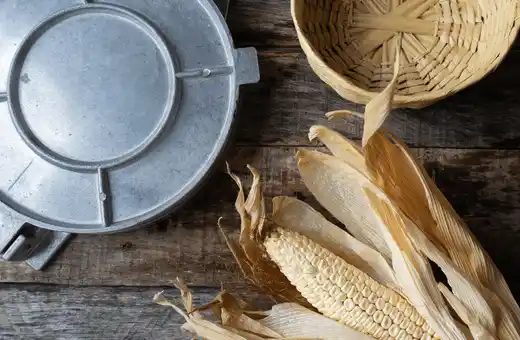
Position the beef between two sheets of plastic wrap and use the press to flatten it. Be sure to use even pressure so that the beef is flattened evenly.
5. MORTAR – Replacement For Meat Mallet
If you are looking for a meat mallet replacement, you should consider getting a mortar and pestle.
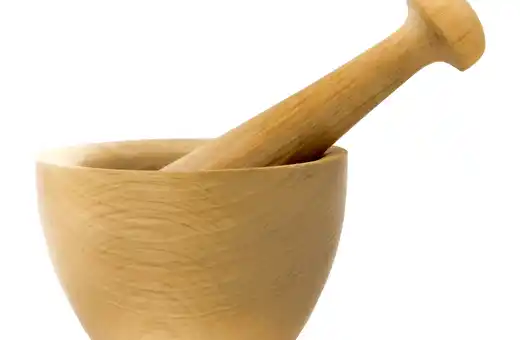
A mortar and pestle is a set of two simple tools that have been used for centuries to grind up food.
The bottom part of the set is the mortar, usually made of stone, ceramic, or wood. The top part of the set is the pestle, a handheld tool used to grind up the food in the mortar.
Mortars and pestles are excellent for grinding up tougher cuts of meat and making your own spice blends. If you’re exploring a more versatile tool, then a mortar and pestle are great options.
6. PAPAYA PULP- Natural Substitute for Meat Tenderizer
Papaya pulp is a natural meat tenderizer. The enzymes present in papaya help to break down the tough fibers in meat, making it more tender and easier to digest.
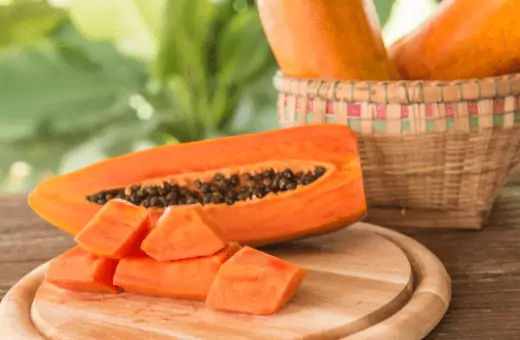
To use, simply add papaya pulp to your favorite marinade or rub, and let the meat sit for at least 30 minutes before cooking.
You can also add papaya pulp to stews or soups to help tenderize the meat.
7. Use KNIFE as A Quick Meat Mallet
If you need to tenderize meat quickly, then use your knife as a meat mallet.
First, make sure the blade of your knife is very sharp. Then, hold the meat with one hand and use the other hand to stroke the meat with the flat side of the blade. Be careful not to hit your fingers!
You can also use the handle of the knife to tenderize meat. Simply hold the meat in one hand and use the other hand to stroke the meat with the knife’s handle. Again, be careful not to hit your fingers!
8. MARINADES – Best Process for Meat Tenderizer Substitute
If you’re in a pinch and require a meat tenderizer substitute, consider using a fork, a rolling pin, or even your own hands.
You can also marinate the meat in an acidic juice like lemon juice or vinegar if you have time.
Use whichever method you like before cooking the meat to help break down the tough fibers.
Check more- Best Soy-free Meat Substitutes
Meat tenderizer substitute for jerky
If you don’t have a meat tenderizer, you can use several substitutes to make your jerky more tender.
1) One option is to soak the meat in vinegar or lemon juice for several hours before marinating it. This will support breaking down the tough fibers in the meat and make it more tender.
2) You can also try using a food processor to grind the meat into a finer consistency. This will also help to make it more tender.
3) Finally, you can try pounding the meat with a mallet or other heavy object to break down the fibers and make them more tender.
Whichever method you choose, make sure that you marinate the meat for at least four hours before cooking it to allow the flavors to really penetrate the meat.
How do you flatten chicken breasts without a mallet?
If you don’t have a meat mallet, there are other ways to flatten chicken breasts. You can use a heavy skillet, a rolling pin, or even a wine bottle.
Place the chicken breast on a cutting board and cover it with plastic wrap.
Use the flat side of the skillet to pound the chicken breast until it is about 1/4-inch thick. Or, roll the chicken breast with a rolling pin until it is flattened.
For a wine bottle method, place the chicken breast in a resealable bag and gently hit it with the bottom of the wine bottle until it is flattened.
Whichever method you use, make sure the chicken breast is an even thickness before cooking. This will help to guarantee even cooking.
Read More- Best Robiola Cheese Substitutes
How do I choose a meat mallet?
When selecting a meat mallet, it is critical to examine the mallet’s size and weight and the material it is composed of.
Wood or metal are the most familiar materials used for meat mallets. If you are using a metal mallet, make sure that it is made of stainless steel or another non-rusting metal.
You will also like to ensure that the mallet is the right size for your pounding meat. It may not be able to flatten the meat effectively if it is too little, and it may harm your butcher block or countertop if it is too huge.
· When using a wooden mallet, make sure that it is made of hardwood such as maple or oak.
· Avoid using softer woods such as pine, as they may dent or chip more easily.
· It is also essential to choose a mallet with a comfortable grip. Some mallets have handles, while others do not.
If you are pounding a lot of meat, you may want to choose a mallet with a handle, as it will be easier on your hands. Otherwise, any type of meat mallet will work fine.
FAQs Related to Meat Mallet & Its Alternatives
Q1. Can I Use A Hammer Instead Of A Meat Mallet?
No, you cannot use a hammer instead of a meat mallet. Hammers are not designed to tenderize the meat and will likely damage the meat if you try to use one.
On the other hand, Meat mallets are specifically designed to tenderize meat without damaging it.
So, if you like to tenderize your meat, be sure to use a meat mallet instead of a hammer.
Q2. Can you use a fork to tenderize meat?
No, it would help if you did not use a fork to tenderize meat. Tenderizing meat is typically done with a mallet or a rolling pin. Forks can actually make the meat more challenging.
Q3. Does using a mallet tenderize meat?
In general, however, pounding or tenderizing meat with a mallet can help to break down its fibers and make it more tender and more comfortable to eat.
If you’re interested in trying this method of tenderizing meat, be sure to experiment with different techniques and find the one that works best for you and your ingredients.
Q4. Is a meat mallet worth it?
There are a few items to consider when trying to answer whether or not a meat mallet is worth it.
The first is the cost: Meat mallets can range from around $10 to $30, depending on the quality and material. The second is the frequency of use.
If you only plan on using the mallet occasionally, then it may not be worth the investment. However, if you are a frequent cook who often uses ground meat, then a meat mallet can be valuable to your kitchen arsenal.
The third consideration is the size of the meat pieces you typically cook. If you only cook small amounts of meat, then a meat mallet may not be necessary.
Yet, if you frequently cook larger pieces of meat, then a meat mallet can help tenderize the meat and make it more manageable to work with.
Overall, whether or not a meat mallet is worth the investment depends on your individual cooking needs and preferences.
If you think you would satisfy by having one, it may be worth the cost. However, if you do not think you would use it often or if you cook small pieces of meat, then a meat mallet may not be worth the investment.

